

In regions prone to high winds, such as coastal areas, plains, and mountain passes, the construction of homes capable of withstanding extreme weather conditions is of paramount importance. These high wind zones are often subject to hurricanes, tornadoes, cyclones, and strong gusts that can wreak havoc on traditional structures. Building homes designed to withstand such forces not only protects property and saves lives but also contributes to community resilience and long-term sustainability. Here’s why high wind zone homes are crucial:
Building homes in high wind zones with resilient construction techniques and materials significantly enhances the safety and security of residents. These structures are designed to withstand high wind speeds, reducing the risk of structural failure, collapse, and injury during severe weather events. By incorporating features such as reinforced roofs, impact-resistant windows, and sturdy foundations, high wind zone homes provide occupants with a greater sense of security and peace of mind.
This is JUST at Wind Zone 1 home!
Traditional homes in high wind zones are susceptible to extensive damage from wind-borne debris, flying projectiles, and wind pressure. High wind zone homes, however, are constructed with durable materials and fortified designs that minimize the risk of damage. This not only protects the investment homeowners have made in their properties but also reduces the financial burden associated with repair and rebuilding efforts following severe storms or hurricanes.
While the initial cost of constructing high wind zone homes may be higher compared to conventional construction methods, the long-term cost savings are substantial. These homes require fewer repairs and maintenance over their lifespan, as they are built to withstand the rigors of high winds and severe weather. Additionally, homeowners may benefit from lower insurance premiums, as insurers often offer discounts for properties built to higher safety standards and located in less risky areas.

High wind zone homes can also contribute to environmental sustainability by reducing the need for resource-intensive rebuilding and reconstruction in the aftermath of severe weather events. By minimizing damage and increasing the longevity of structures, these homes help conserve natural resources and reduce carbon emissions associated with the production and transportation of building materials. Furthermore, incorporating energy-efficient features into high wind zone homes, such as solar panels and high-performance insulation, can further reduce their environmental impact and energy consumption. This, by extension, can lower your monthly utility bills.
Building resilient homes in high wind zones is not only about protecting individual properties but also about strengthening community resilience and preparedness. By establishing building codes and standards that require homes to withstand high winds, communities can mitigate the overall impact of severe weather events, reduce the strain on emergency response resources, and expedite recovery efforts. Additionally, resilient homes serve as models of best practices for future development, helping to create safer and more sustainable communities over time.

Texas Department of Insurance (TDI) provides a list of strict specifications for home builders to make a TDI Certified Wind Zone 3 home. These homes must be structurally sound, built with certain materials, and must withstand up to 160mph winds. Now, certain modular homes – like ours – can be built to code and qualify to receive coastal home insurance.
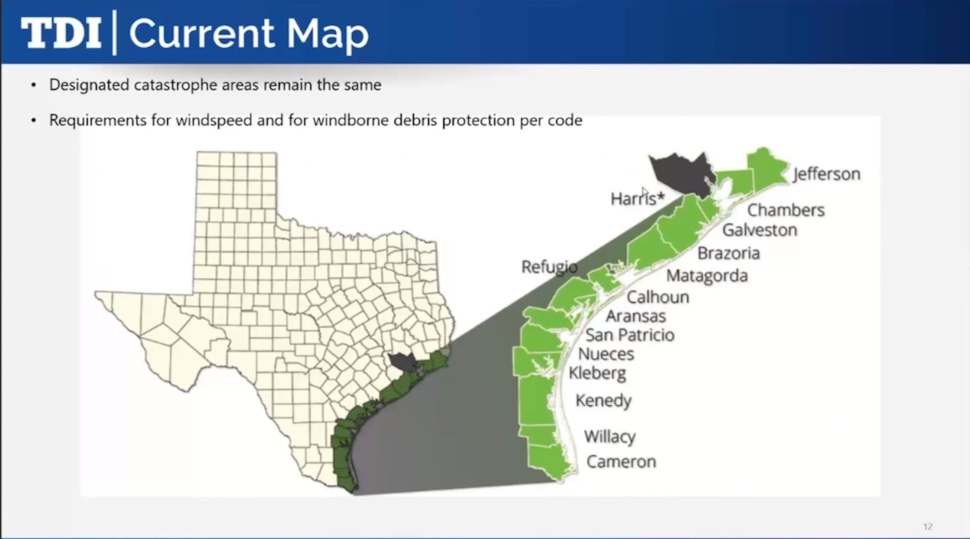
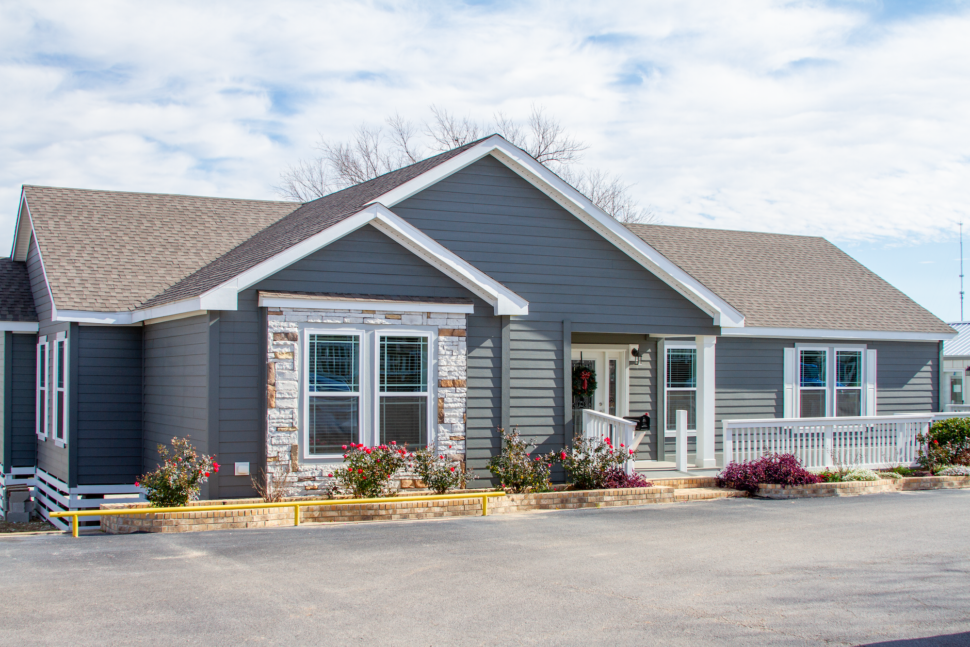
The King! This is one of many homes that can be built as a TDI Certified Wind Zone 3 home.
1. Gulf Coast Region:
Spanning from the southeastern to the southern regions of Texas, the Gulf Coast is known for its warm, humid climate and moderate winds. Wind speeds in this region typically range from 5 to 15 miles per hour (mph), making it suitable for recreational activities like sailing and kiteboarding. However, for wind energy generation, the Gulf Coast’s winds may not be as consistently strong as those in other parts of the state. Despite this, offshore wind farms are gaining attention as a potential energy source due to the stronger and more consistent winds found farther offshore.

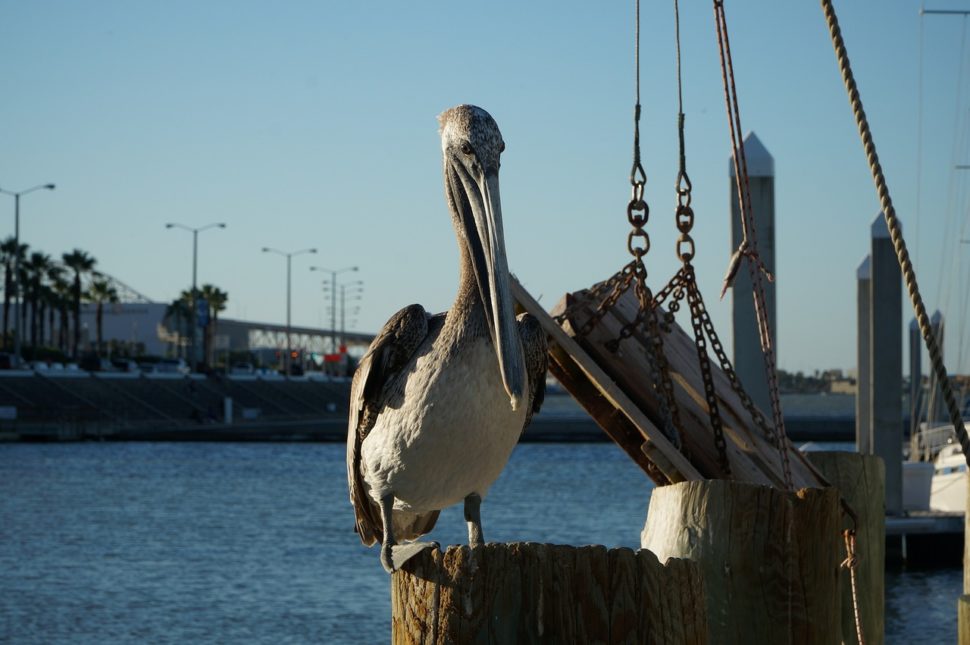
2. South Texas Plains:
Moving inland from the Gulf Coast, the South Texas Plains exhibit a mix of coastal influences and semi-arid conditions. Wind speeds in this region vary but generally range from 10 to 20 mph. These winds contribute to the region’s suitability for agriculture, particularly in the cultivation of crops like cotton and sorghum. Additionally, wind energy projects in this area benefit from the relatively steady wind resources, though they may not be as robust as those found further north.
3. Hill Country:
As one of the most scenic regions of Texas, the Hill Country features rolling hills, limestone cliffs, and expansive ranchlands. Wind speeds in this area are influenced by the terrain, with gusts varying between 10 and 20 mph on average. While not as consistently strong as in some other regions, the Hill Country’s winds can still support small-scale wind energy projects and are conducive to outdoor recreational activities such as hiking and camping.
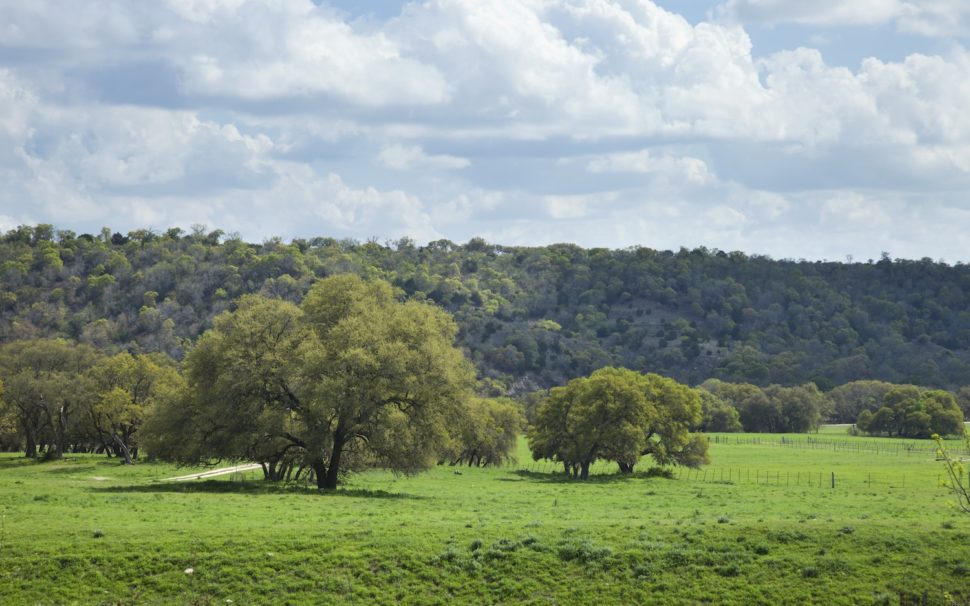

4. West Texas Plains:
Often referred to as the “Wind Capital of America,” West Texas is renowned for its vast wind farms and high wind speeds. Stretching across the Panhandle and beyond, this region experiences some of the strongest and most consistent winds in the state, with speeds averaging between 15 and 25 mph. The flat terrain and open landscapes make West Texas ideal for large-scale wind energy production, attracting significant investment in wind power generation projects over the years.
5. Panhandle Plains:
Situated in the northernmost part of Texas, the Panhandle Plains boast windswept prairies and expansive agricultural fields. Wind speeds in this region can exceed 20 mph regularly, with gusts reaching up to 30 mph or more during certain times of the year. These robust wind resources have made the Panhandle a hub for wind energy development, with numerous wind farms dotting the landscape and contributing significantly to the state’s renewable energy portfolio.
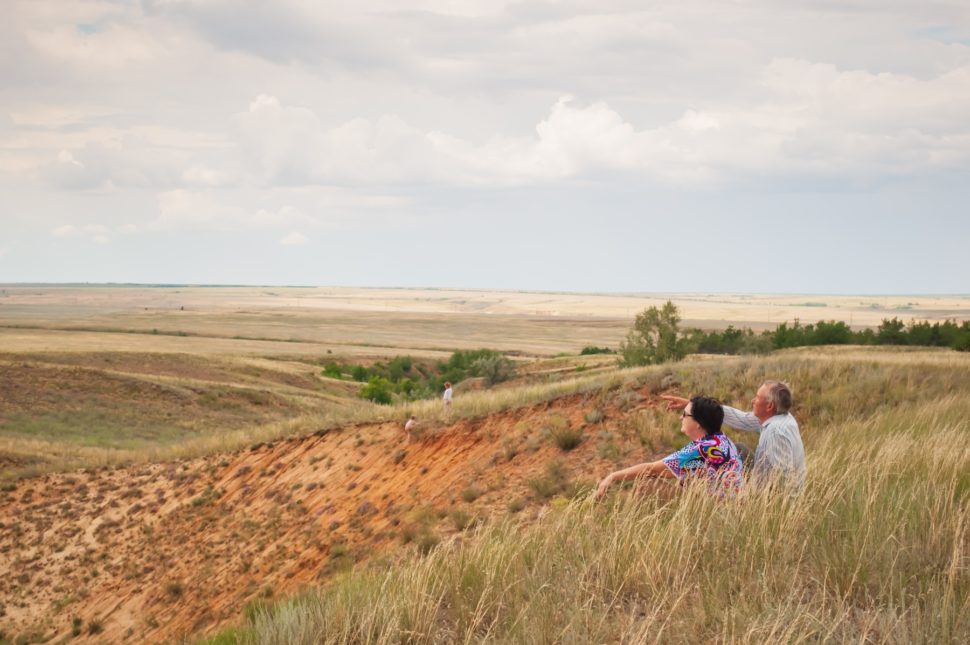
From the gentle breezes of the Gulf Coast to the powerful winds of the Panhandle, Texas showcases a wide range of wind zones, each with its own unique characteristics and opportunities. Understanding these wind zones is essential for various purposes, including renewable energy development, agriculture, and outdoor recreation. As technology advances and interest in renewable energy grows, harnessing Texas’ wind resources will continue to play a crucial role in the state’s energy transition and economic development efforts.
Don’t miss out on the latest Pratt Homes announcements and news! Be the first to know about our all modular, manufactured, and tiny homes by joining our monthly Newsletter NOW!
